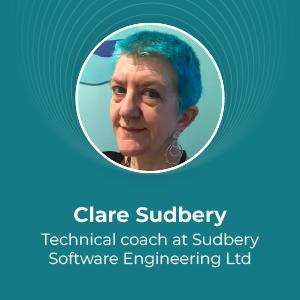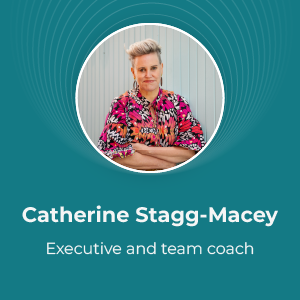
Our design and innovation team spends a lot of time talking to organisations with big ideas. Most of these businesses are looking to navigate the path that will turn their grand vision into a commercial reality. Some have a clear idea of the steps they need to follow. Others are looking for assistance on how to validate and build and launch their product or service.
Wherever you are on this spectrum – and wherever you are on the journey between idea and launch – I thought it would be helpful to explore the ideal innovation pathway. I’ll look at the steps you should be looking to follow, namely proof-of-concept, prototype and then minimum viable product (MVP), which then gets evolved and expanded, based on feedback and usage insights.
What does each stage typically involve, and what are you trying to get out of them? In a series of three blog posts, I’ll look at each in depth, starting here with the proof-of-concept, or POC.
What are proofs-of-concept, and why do you need them?
POCs are the first stage in any innovation journey, and should be relatively quick and inexpensive.
Their aim is to help you understand the viability of your proposed product or service, so that you (or your investors) can make an informed decision on whether to commit further funding to develop the idea.
After all, if the proposed product is fundamentally flawed in some way, it’s better you find out at the start, than spend a lot of money on it, only to discover a fatal problem six months later.
The key outcome from the POC stage is therefore intelligence that enables you to make an informed decision on whether to proceed with the next stages of development. Crucially, POCs need to cover both the commercial and technical viability of your idea.
Commercial viability
The first area to explore is the commercial viability. Will your product or service deliver the value you’re after – whether that’s financial or otherwise?
How will you monetise the product or service? Is there demand for it at the likely price point? Will you be able to attract the numbers of customers you need to make the product commercially sustainable?
Does anything like it exist already, and how successful has it been? Has a similar idea previously been trialled and failed? If so, how is yours different, or what’s changed in the market to suggest you’ll now be able to make it a success? There are plenty of examples of pioneering products struggling or failing because they were ahead of their time and their markets weren’t ready. If this applies to your idea, you need to explore whether people’s thinking has changed, or whether the factors remain that prevented the earlier product from succeeding.
Research, both desk-based and field-based, will help you assess the commercial viability of your proposed product. The answers will either confirm that your idea has legs and therefore merits further investment, or indicate you need to refine or shelve the idea.
Technical viability
As important as the commercial viability – and closely linked, in some respects – is the technical feasibility of your idea.
First off, does the technology exist to do what you want to do?
Typical questions might include:
- Will technology A talk to technology B?
- Will an off-the-shelf component you plan to use, actually work in your scenario?
- Will the technology deliver the performance, scalability and security you need?
Someone may already have done the legwork to answer these questions, so you might be able to glean the insights you need through research alone. If not, perhaps because you’re pushing the envelope of a technology, or combining things in a ground-breaking way, you’ll want to do a short technical proof-of-concept, to test whether these specific and critical elements of your product are going to work in reality. Note that you wouldn’t want to build out the whole technical solution at this stage – focus on the areas of uncertainty.
There may also be a commercial aspect to this work. Suppose, for example, that your product or service relies on putting certain data in front of the user within half a second of them requesting it. It may be that the best way of achieving this is significant pre-computation or compilation tasks, or edge capacity and network peering arrangements. In this case, you’d want to understand the cost of this, in case it affects the business case for the service.
So as well as determining whether your proposed product is technically achievable, the technical POC also needs to tell you whether you can do this in a commercially sustainable way. If you can’t, you’ll need to look for other solutions.
What comes next?
Once you’ve gathered the intelligence you need, you’ll be well-placed to decide what to do next. Assuming your idea has passed both the commercial and technical feasibility tests, then the next phase will typically be a prototype. I’ll be looking at these in more detail in part two of this series.


